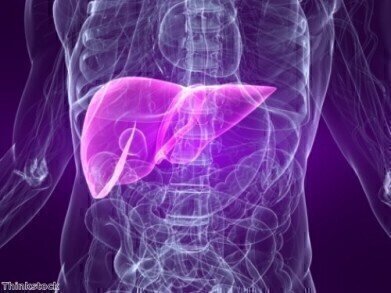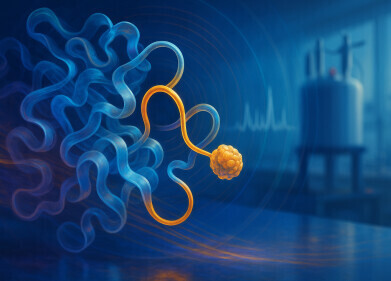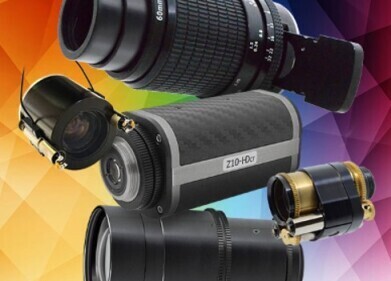Microscopy & microtechniques
Electrochemical Strain Microscopy for Energy Storage Research
Jun 15 2011
Asylum Research has announced the new Electrochemical Strain Microscopy (ESM) imaging technique for its Cypher™ and MFP-3D™ AFMs. Developed by Oak Ridge National Laboratory (ORNL) and Asylum Research, ESM is an innovative scanning probe microscopy (SPM) technique capable of probing electrochemical reactivity and ionic flows in solids on the sub-ten-nanometer level. ESM is the first technique that measures ionic currents directly, providing a new tool for mapping electrochemical phenomena on the nanoscale. The capability to probe electrochemical processes and ionic transport in solids is invaluable for a broad range of applications for energy generation and storage ranging from batteries to fuel cells. ESM has the potential to aid in these advances with two major improvements over other conventional technologies: (a) the resolution to probe nanometer-scale volumes and (b) the inherent ability to decouple ionic from electronic currents with (c) imaging capability extended to a broad range of spectroscopy techniques reminiscent of conventional electrochemical tools.
Roger Proksch, President of Asylum Research, commented: “Progress in energy storage and conversion will be greatly facilitated by the ability to study batteries and fuel cells at the level of several nanometers. ESM provides functional imaging of electrochemical phenomena in volumes millions to a billion times smaller than conventional current-based electrochemical techniques. This new technique opens the pathway to understanding energy technology and ionic devices on the level of individual grains and defects, thus bridging macroscopic functionalities and atomistic mechanisms. This in turn will lead to improved energy storage solutions – batteries with extremely high energy densities and long lifetimes and fuel cells with very high energy densities and efficiencies."Traditionally, scanning probe microscopy techniques allowed measurement of electronic currents and short- and longrange
forces," added Sergei Kalinin, Senior Research Staff Member in the Center for Nanophase Materials Sciences at ORNL and co-inventor (with Nina Balke and Stephen Jesse) of ESM. "ESM extends this capability to measure ionic currents, and has already been demonstrated for a variety of Li-ion cathode, anode, and electrolyte materials, as well as oxygen electrolytes and mixed electronic-ionic conductors. The ubiquitous presence of concentration-molar volume coupling in electrochemical systems suggests that this technique is in fact universal for solid state ionic imaging – from batteries and solid state to memristive electronics.”
Digital Edition
Lab Asia Dec 2025
December 2025
Chromatography Articles- Cutting-edge sample preparation tools help laboratories to stay ahead of the curveMass Spectrometry & Spectroscopy Articles- Unlocking the complexity of metabolomics: Pushi...
View all digital editions
Events
Jan 21 2026 Tokyo, Japan
Jan 28 2026 Tokyo, Japan
Jan 29 2026 New Delhi, India
Feb 07 2026 Boston, MA, USA
Asia Pharma Expo/Asia Lab Expo
Feb 12 2026 Dhaka, Bangladesh

.jpg)
-(2).jpg)
















